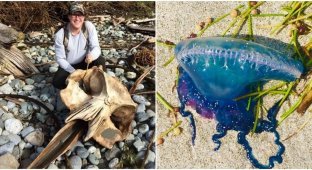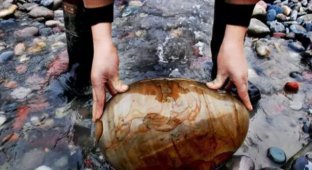Petoskey Stone (7 photos)
It's a beautiful thing, isn't it? I think such a pebble can not only be contemplated with pleasure on your desk as a curiosity, but also given as a gift to someone as something valuable. Moreover, it really has a very definite value - albeit conditional. 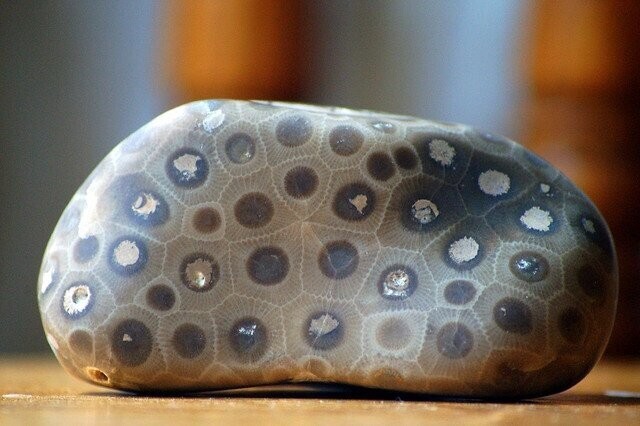
After all, just imagine: you are sitting, so young and handsome, in a bright and modern office, you are only 35 years old, and in front of you lies something that lived... 350,000,000 years ago. His name was Hexagonaria percarinata, and he was a four-rayed coral, as young and beautiful as you are now. Or maybe even better. 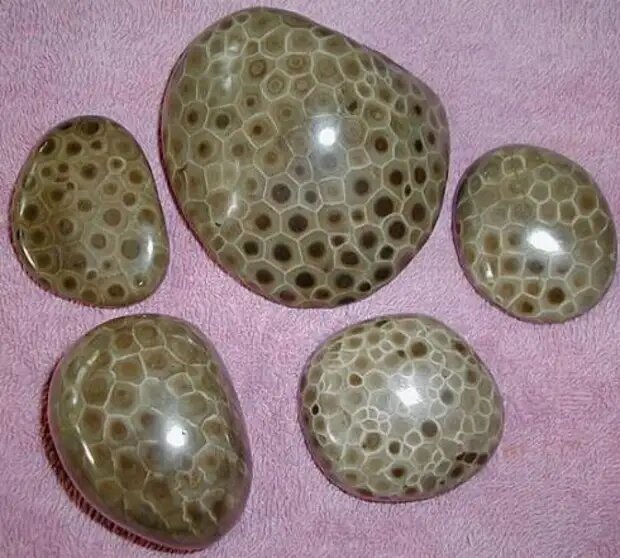
In fact, what is left of them looks a little different in appearance, much less impressive. But you know: even if you polish an ordinary cobblestone, it will become much more attractive. In some cases, nature did this for us, rolling stones in the surf. 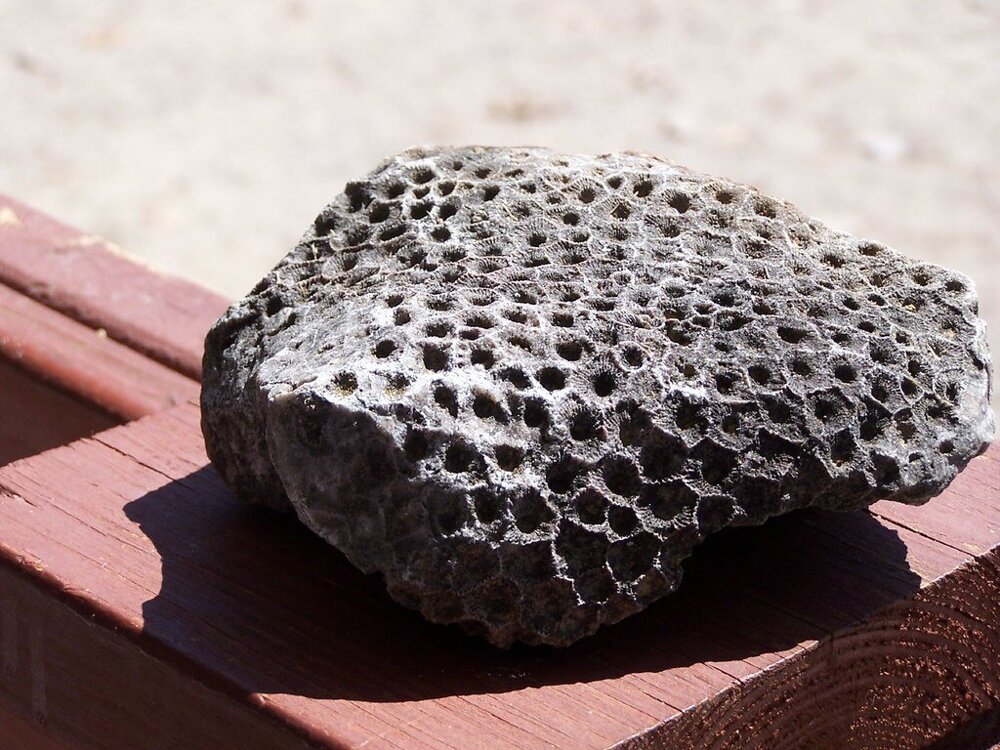
Four-rayed corals, also known as tetracorals, also known as rugose corals, are a subclass or order of extinct marine cnidarians from the class of water corals. They flourished in the Paleozoic and lived in the shelf zone.
A long time ago, several hundred million years ago, in the place where Lake Michigan is now located (Michigan, USA), there was a reef barrier consisting of the skeletons of such animals. Then everything changed, all that remained of the reefs were fossils formed by sedimentary rocks, and in the Ice Age, when huge masses of frozen water, advancing from the north, plowed and ground everything that came their way, many such stones were formed from these fossil reefs . 
Why is this beauty called the PETOSKY STONE?
Yes, because most of them were found near the city, which is also called Petoskey. And the city is named after Petoseg, the leader of the Ottawa Indian tribe. 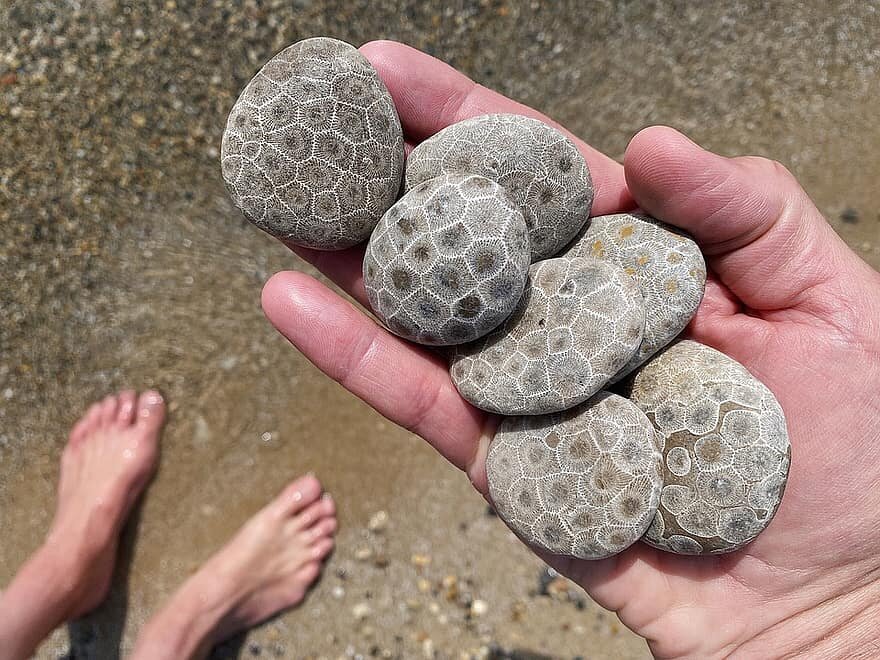
They write that in 1965, the PETOSKEY STONE became a symbol of the state of Michigan. This does not mean that it was made part of the coat of arms, just now, when you are in those lands, know: if you bring this pebble from here, everyone [geologists] will immediately understand where exactly you were. 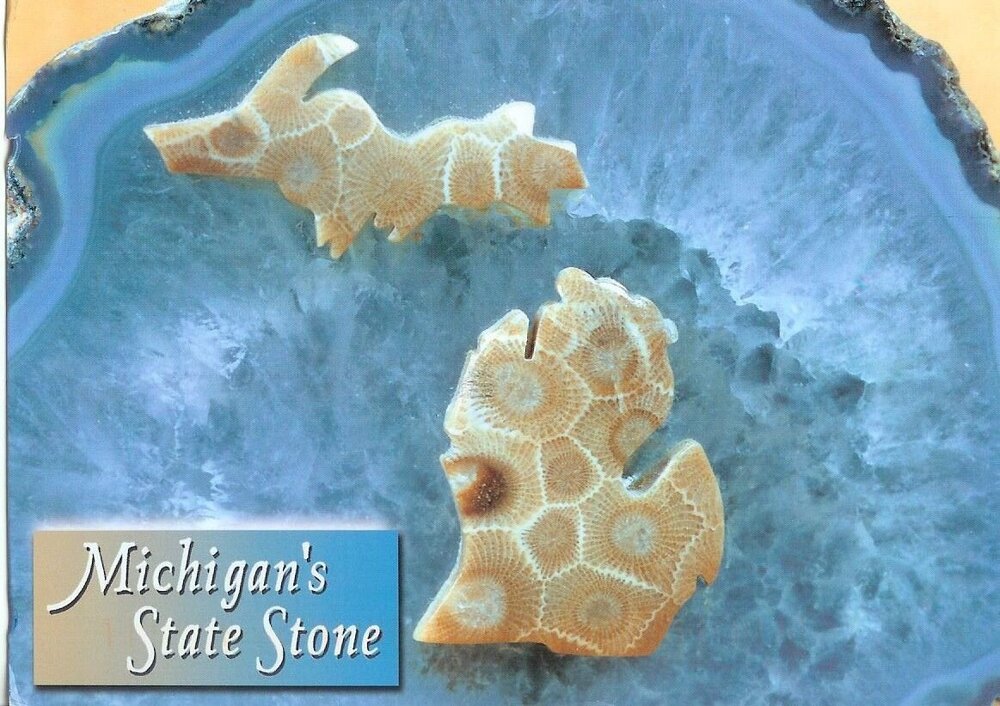
However, no, not quite like that. Because the same stones can be found in Iowa, and in Illinois, and in Ohio, and in New York, and in Canada. Occasionally they are found in England and Asia. But there they are not a symbol, as in Michigan! 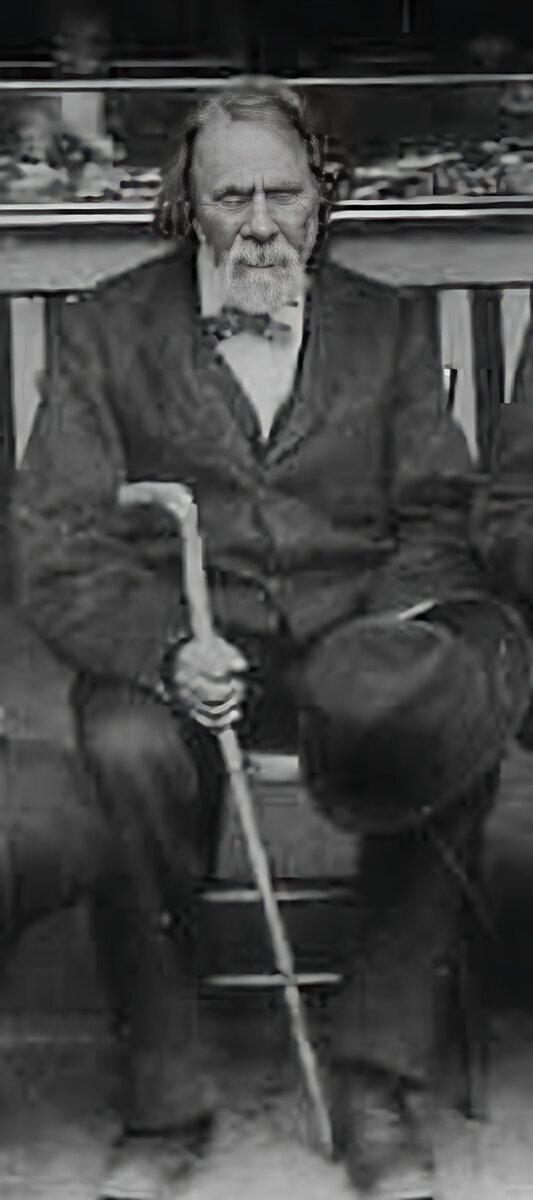
Petosega, aka Petosegay or Biidassige (c. 1787 – June 15, 1885) was a 19th-century Odawa merchant and fur trader.
Born on the northern banks of the Kalamazoo River, near the mouth of Manistee. His parents were French explorer and fur trader Antoine Carre (Neatoshing) and the daughter of an Odawa (Ottawa) chief, Biidassige.
Subsequently, Petosega also married the daughter of the chief of the Ottawa tribe. And when Catholic Jesuit missionaries arrived in those places, he became friends with them, despite the fact that they tried to convert him to Catholicism. God's people gave him the name Ignatius Petosega - apparently in honor of Ignatius of Loyola.
Taking advantage of the U.S. government's establishment of the first Indian schools to re-educate and indoctrinate Native American children, Petosega sent his two oldest sons to Twinsburg Institute in Twinsburg, Ohio. But it immediately became clear that the institute was run by Protestants, with whom the Jesuits had very bad relations, and the missionaries forced Petosega to withdraw the children from this dubious educational institution and break with the apostates. Unfortunately, because of this, his wife left him, but why such trifles when it comes to FAITH! In this case, Abraham generally agreed to slaughter his son Isaac, and here, you see, is some kind of wife, especially one from the Indians.
When Petosega purchased the land, Michigan had not yet received legal statehood. The merchant thought that he could provide refuge here for people who wanted to maintain their tribal existence without outside interference. And he hoped that he would have the same relationship with the federal government as people on other reservations. He expanded trade, becoming a prominent businessman and landowner.
However, when Michigan became a state in 1837, the federal government did not recognize any relationship with him and began to manage his land as if it were its own. And Petosega, having lost faith in Catholics, became friends with the Presbyterans. His son and grandson later became Presbyteran ministers.
Although in the end everyone died. Actually everything.












